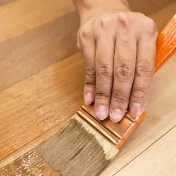You’re standing in front of a cherished piece of wood furniture, armed with a paintbrush and a vision.
The piece has been sanded down, primed for transformation, but a crucial question lingers in your mind – what kind of paint should you use?
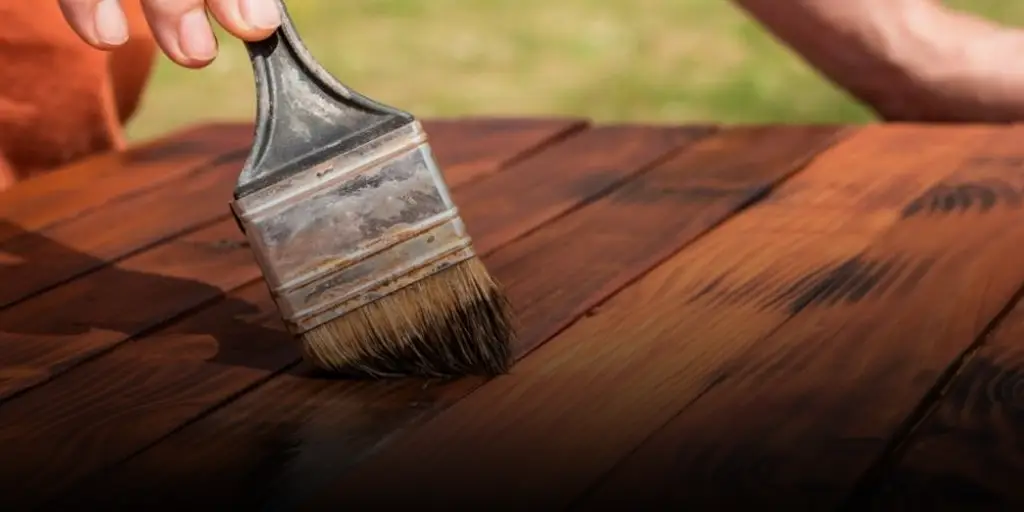
This decision is pivotal in the life of your furniture, as the right paint can not only enhance its appearance but also protect it for years to come.
In this detailed guide, we delve into the world of paints, discussing the pros and cons of various types.
Our goal is to equip you with all the information needed to select the perfect paint for your wood furniture, ensuring your painting project is both enjoyable and successful.
Let’s begin by exploring the different types of paint available and their suitability for wood furniture.
Knowing the Various Paint Types
When it comes to painting wood furniture, the type of paint you choose can significantly impact the final look and durability of the piece.
Let’s explore the most common paint types, their advantages, and drawbacks.
1. Latex Paint
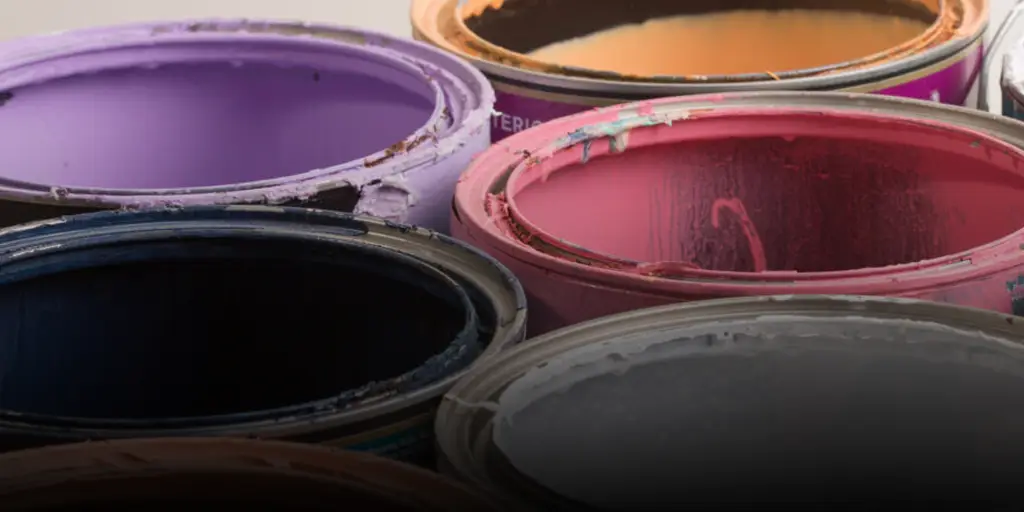
Pros:
- Versatility: Ideal for a variety of surfaces, including wood.
- Easy Cleanup: Cleans up easily with soap and water.
- Quick Drying: Dries within a couple of hours, allowing for faster project completion.
- Less Drip and Run: Offers a neater application.
- Cost-Effective: A budget-friendly option for many homeowners.
Cons:
- Inconsistent Texture: Can result in a streaky or uneven finish if not applied carefully.
- Durability Issues: May chip and fade, particularly in sunlight or moist conditions.
- Coverage Limitations: Might require multiple coats to cover dark shades.
2. Enamel Paint
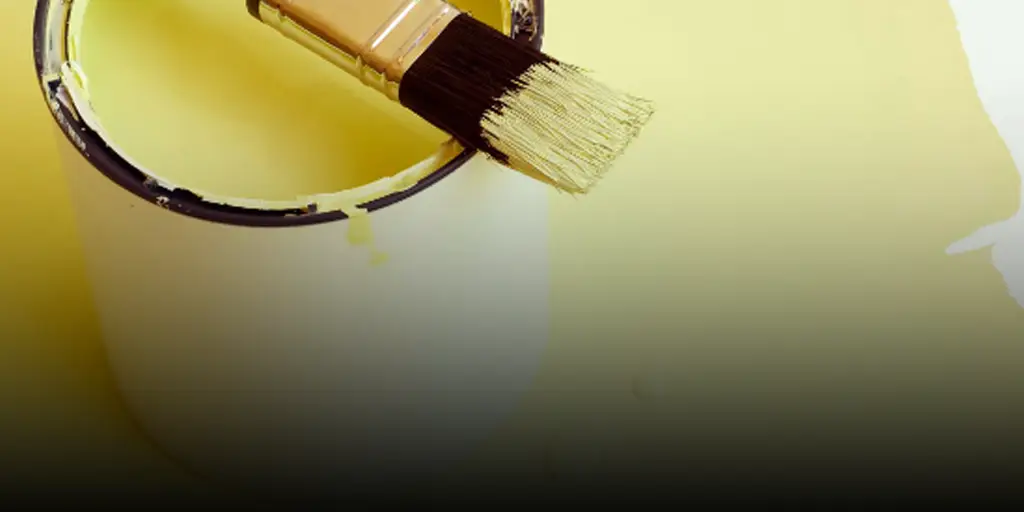
Pros:
- No Primer Needed: Can be applied directly to surfaces without a primer.
- Tough and Durable: Resists chipping and scratching, ideal for high-use furniture.
- Fade-Resistant: Maintains color vibrancy over time.
- Glossy Finish: Leaves a hard, easy-to-clean surface.
- Excellent Coverage: Often requires fewer coats for full coverage.
Cons:
- Slow Drying: Requires patience during application and between coats.
- Thick Consistency: Can leave visible brush strokes.
- Difficult to Correct Mistakes: Once dried, it’s hard to rectify errors.
3. Acrylic Paint
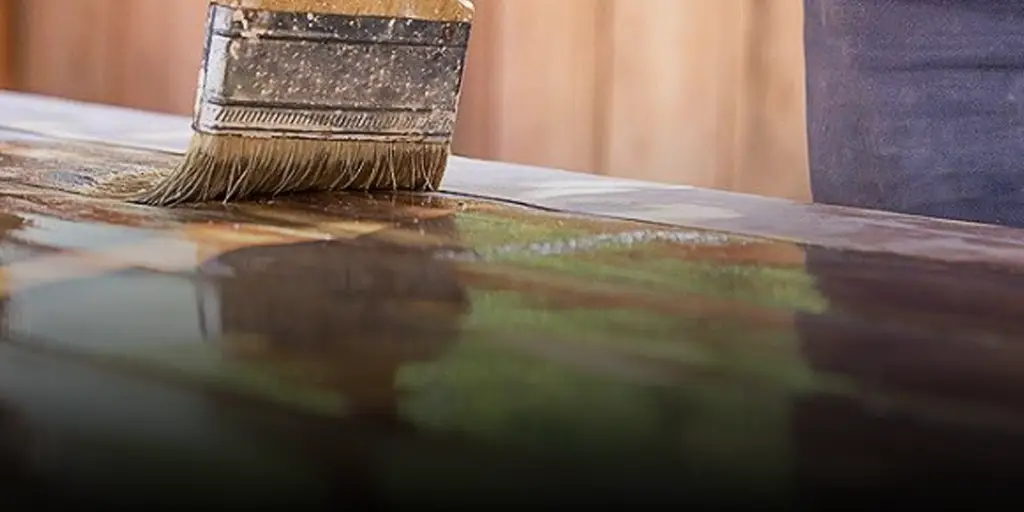
Pros:
- Fast Drying: Ideal for quick projects or layering colors.
- High Pigment Load: Offers opaque coverage and vibrant colors.
- Water Soluble: Easy cleanup with just soap and water.
- Versatile Application: Suitable for various surfaces including wood, metal, and glass.
Cons:
- Adhesion Challenges: May require surface preparation for optimal adhesion.
–Limited Blending Time: Dries quickly, which can hinder color blending. - Not Ideal for Outdoors: Susceptible to weather-related deterioration.
- Cost Considerations: Generally more expensive than other paint types.
4. Oil Paint
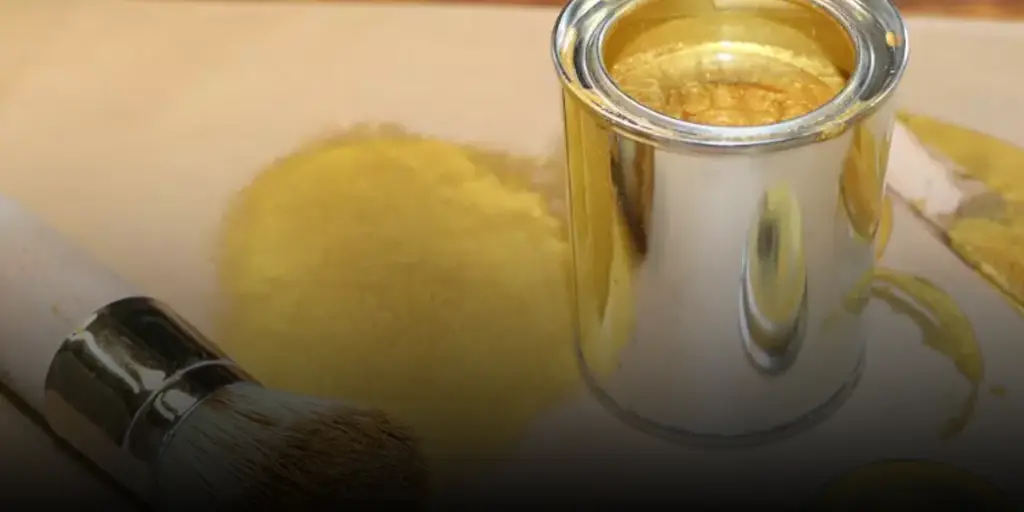
Pros:
- Long-Lasting Durability: Offers protection against wear and tear.
- Rich Color Saturation: Provides deep, vibrant hues.
- Versatile Textures: Can create various effects, from distressed to polished.
- Easy Maintenance: Simple to clean and maintain over time.
Cons:
- Extended Drying Time: Requires careful handling to avoid smudges.
- Messy Application: Known for being difficult to work with.
- Strong Odor: Requires good ventilation during use.
- Visible Brushstrokes: Can leave marks once dried.
Each type of paint has its unique characteristics and best use cases. Your choice will depend on the desired finish, the furniture’s use, and your personal preferences.
Factors to Consider When Choosing Paint
Selecting the right paint for your wood furniture isn’t just about color. Several factors play a crucial role in ensuring the longevity and aesthetics of your finished project.
Here are key considerations:
- Type of Furniture and Its Usage: Consider the piece’s function. High-traffic items like dining chairs require more durable paint, while decorative pieces might fare well with more aesthetic-focused options.
- Desired Finish: Are you aiming for a glossy, matte, or distressed look? The finish will significantly influence your choice of paint.
- Durability Requirements: For furniture exposed to wear and tear, choose a paint that offers greater durability and resistance to chipping and scratching.
- Environmental Factors: If the furniture will be exposed to sunlight, moisture, or fluctuating temperatures, opt for paints that are designed to withstand these conditions.
Preparation Tips Before Painting
Proper preparation can make a significant difference in the outcome of your painting project. Here’s how to prep for success:
- Surface Preparation: Ensure the furniture is clean, dry, and free of old paint or varnish. Sanding the surface can improve paint adhesion.
- Choosing the Right Brushes and Tools: Different paints require different brushes and rollers. For example, foam brushes work well for latex paint, while natural bristles are better for oil-based paints.
- Safety Considerations: Work in a well-ventilated area, wear protective gear like gloves and masks, and cover the surrounding area to protect against spills.
Application Techniques for Different Paints
The method of application varies depending on the type of paint you’re using. Here are some general guidelines:
- Latex Paint: Apply with smooth, even strokes. Latex dries quickly, so work in small sections.
- Enamel Paint: Use a high-quality brush to minimize brush strokes. Allow plenty of drying time between coats.
- Acrylic Paint: Can be applied with a variety of tools. It’s fast-drying, so blend colors quickly.
- Oil Paint: Requires a steady hand and patience. Thin layers work best to build up a consistent finish.
People Who Want to Read This Article:
Maintaining Painted Furniture
After your furniture is painted and dry, proper maintenance is key to preserving its beauty.
Clean the surface regularly with a mild detergent and avoid harsh chemicals. Touch up any chips or scratches promptly to prevent further damage.
Alternatives to Painting
Painting isn’t the only way to revitalize furniture. Consider staining or varnishing for a more natural look. Sometimes, the best option might be to embrace the wood’s natural patina.
Conclusion
Choosing the right paint for your wood furniture requires careful consideration of various factors. Whether you opt for latex, enamel, acrylic, or oil paint, each has its advantages and challenges.
Proper preparation and application techniques are key to achieving a beautiful and long-lasting finish.

